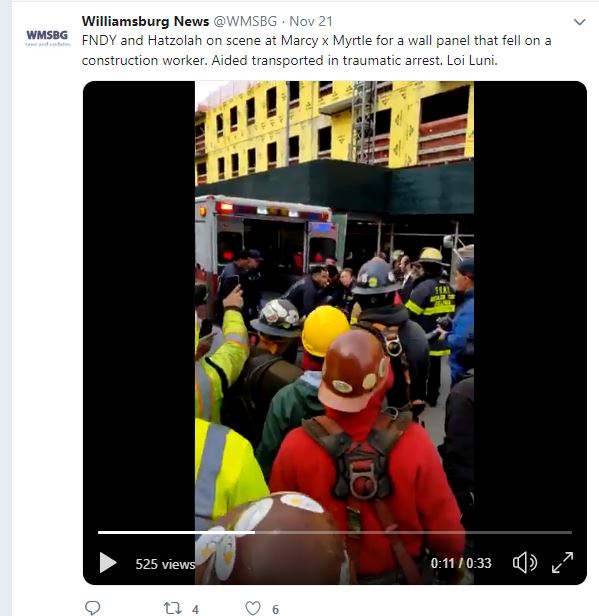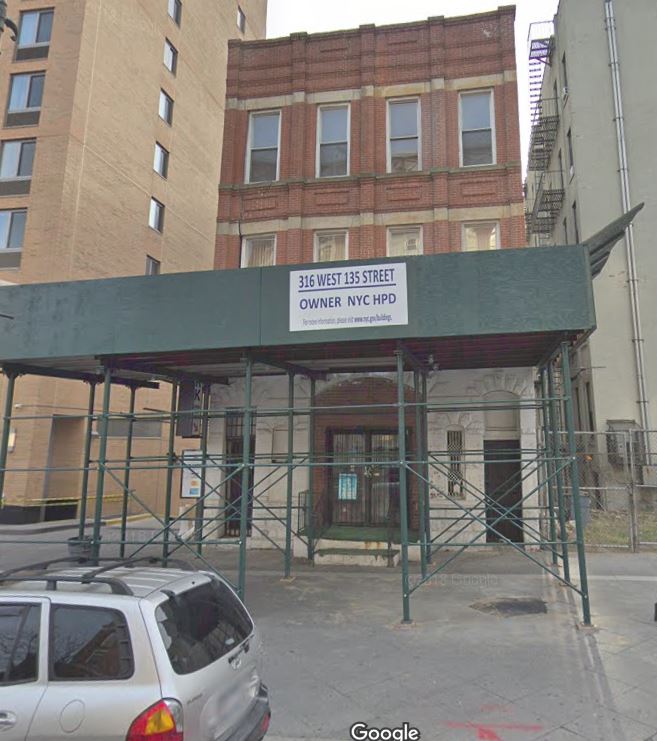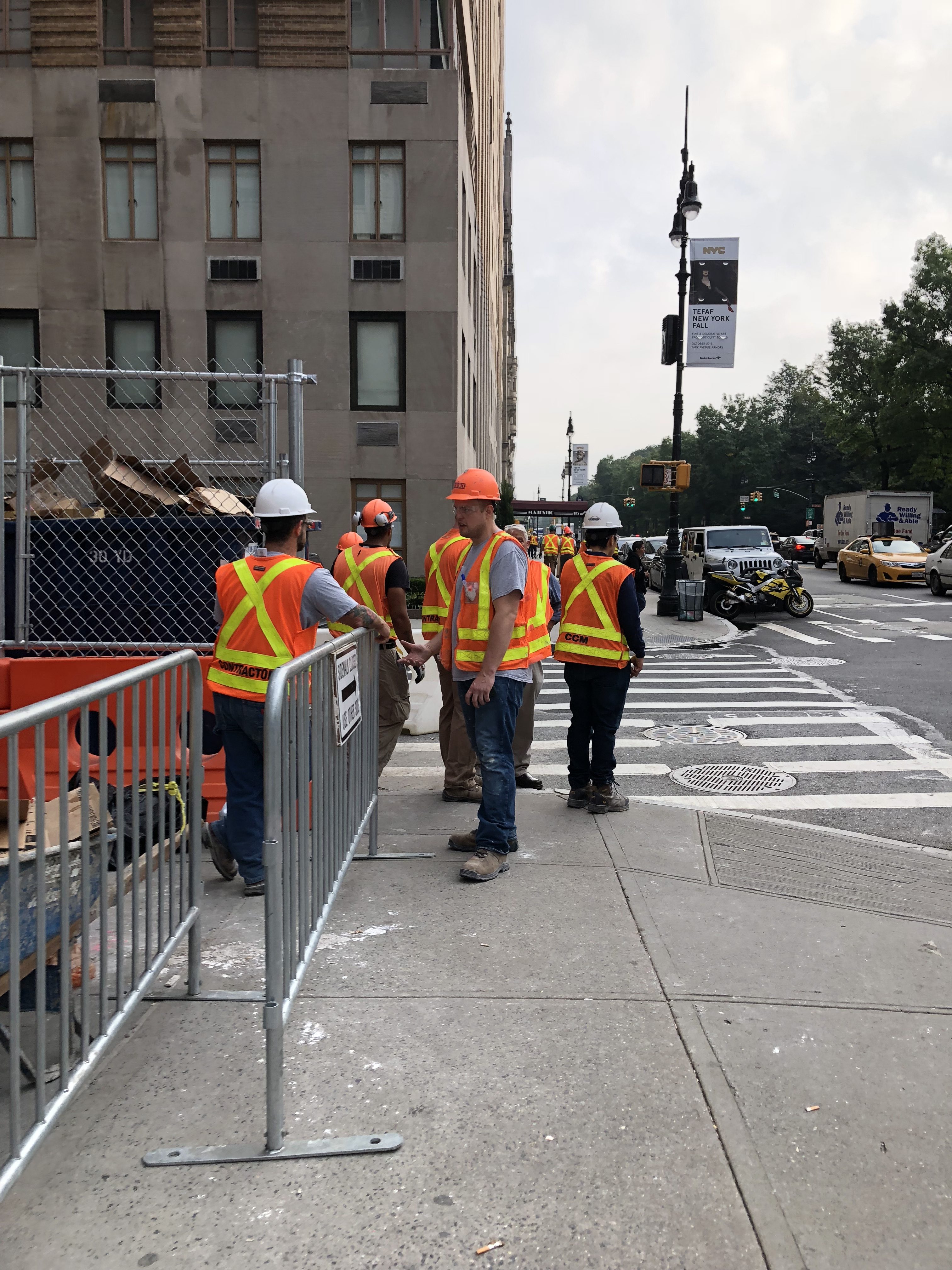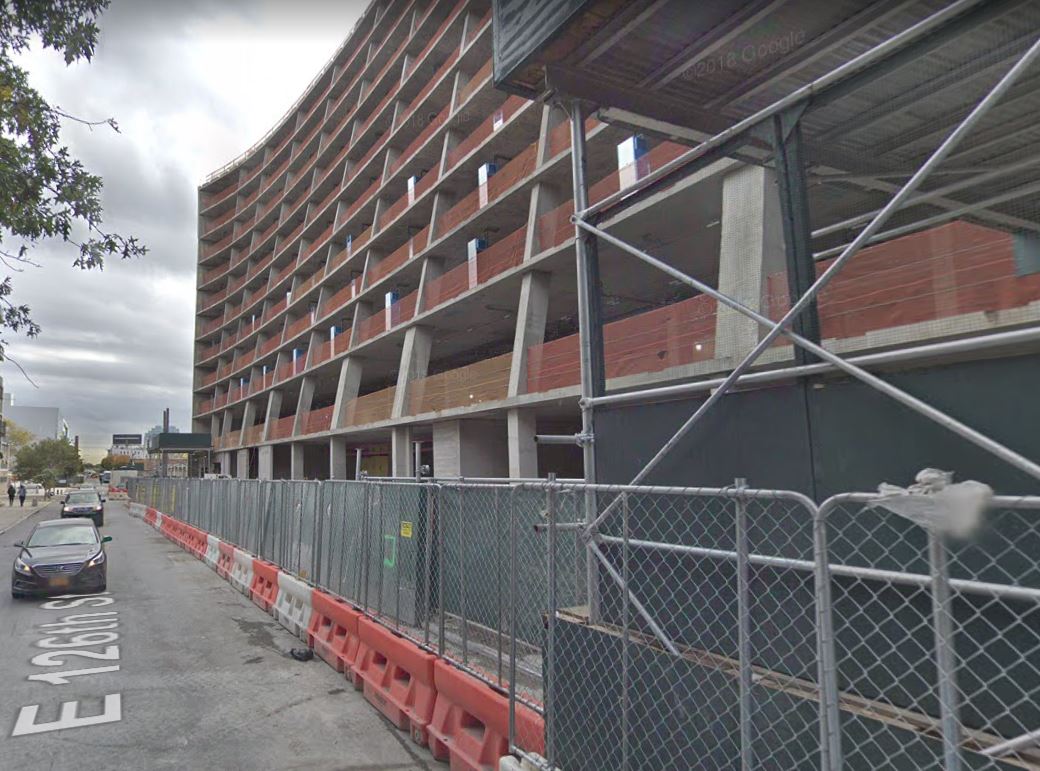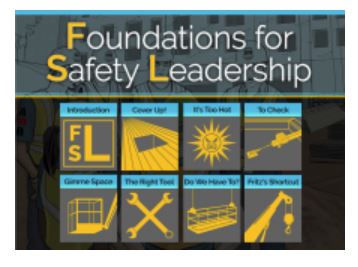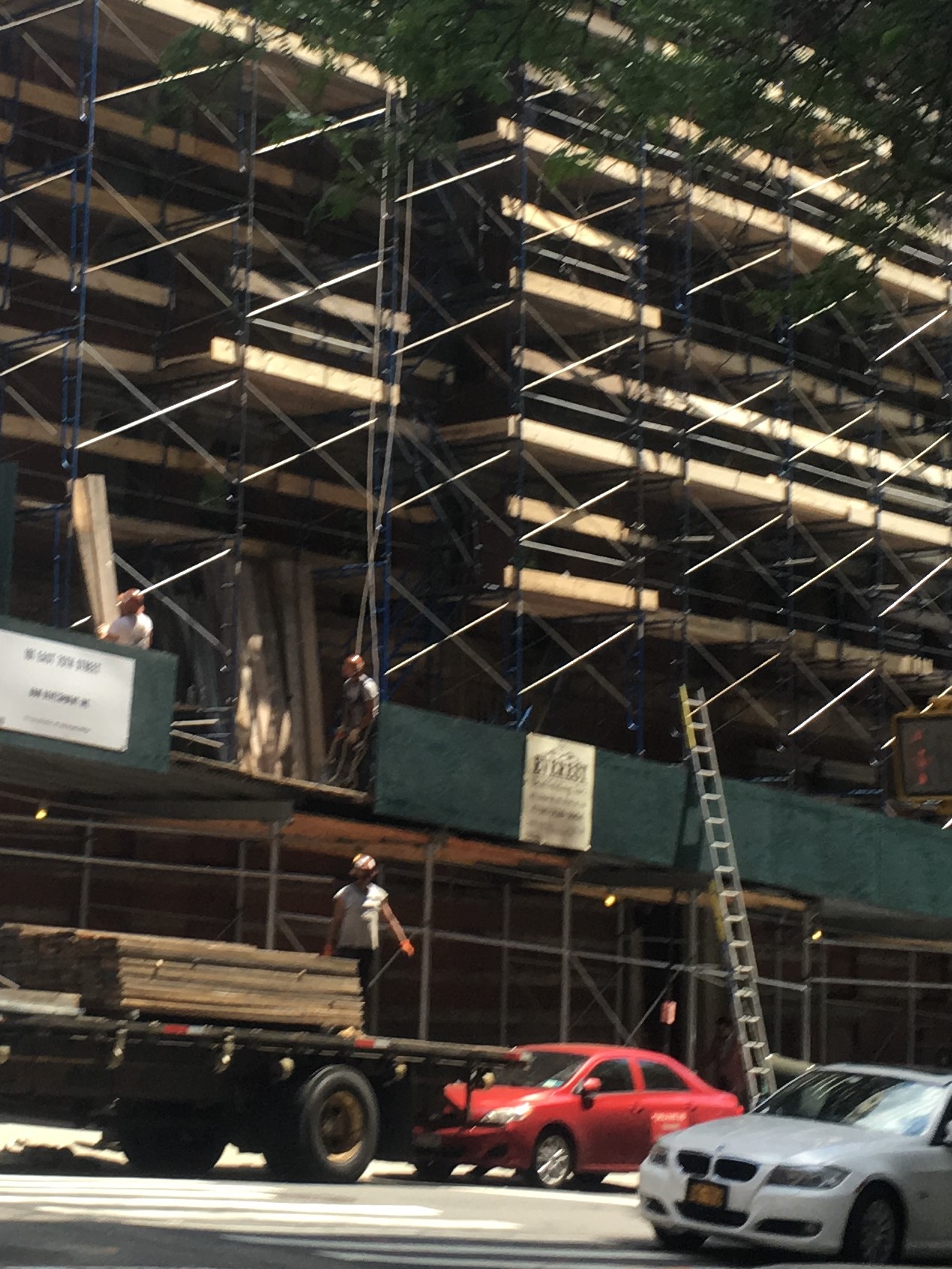Are construction workers well protected against injuries and illnesses related to nanoparticles?
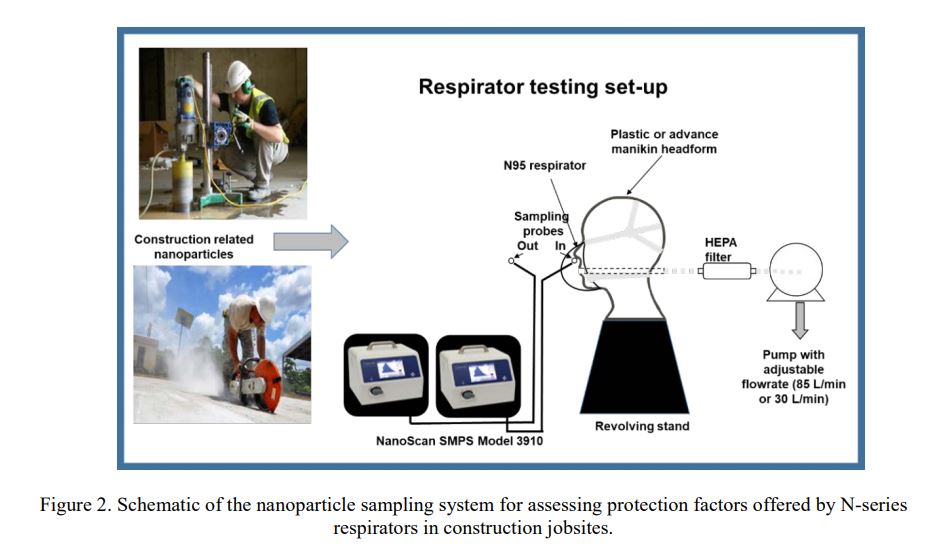 The dust generated on construction sites can have adverse health effects on construction workers. Different activities on construction sites can generate different types of nanoparticles and ultrafine particles that can lead to serious respiratory diseases such as silicosis and lung cancer. To prevent these diseases the NIOSH recommend that workers use N95 respirators. However according to a recent pilot study conducted by the Center for Construction and Research Training (CPWR), these respirators might not protect construction workers properly depending on the task that they execute.
The dust generated on construction sites can have adverse health effects on construction workers. Different activities on construction sites can generate different types of nanoparticles and ultrafine particles that can lead to serious respiratory diseases such as silicosis and lung cancer. To prevent these diseases the NIOSH recommend that workers use N95 respirators. However according to a recent pilot study conducted by the Center for Construction and Research Training (CPWR), these respirators might not protect construction workers properly depending on the task that they execute.
The CPWR used two manikins fitted with two types of NIOSH approved N95 masks, the pleated N95 mask and the foldable N95 and assessed their respiratory protection against ultrafine particles and nanoparticles in various construction environments.
The researchers first found out that it was very difficult to get the N95 masks themselves as they were out of stock or back ordered for several weeks and substitutes had to be used for the studies.
 New York Personal Injury Attorneys Blog
New York Personal Injury Attorneys Blog


